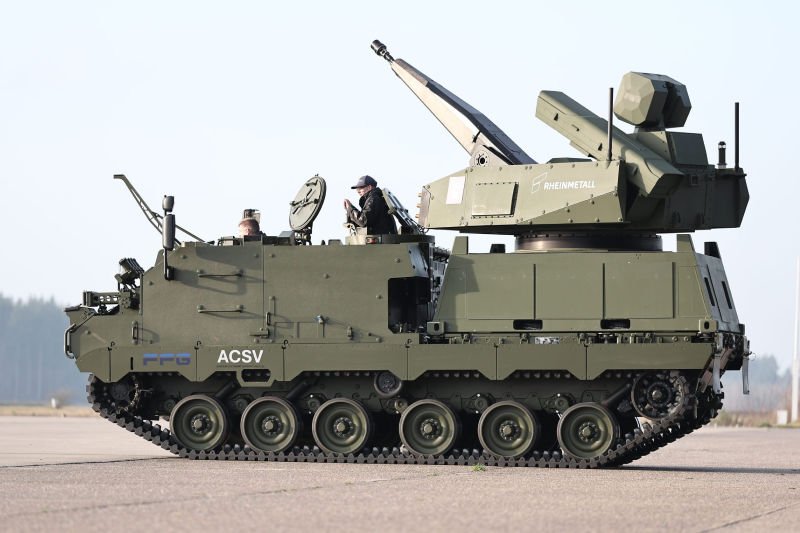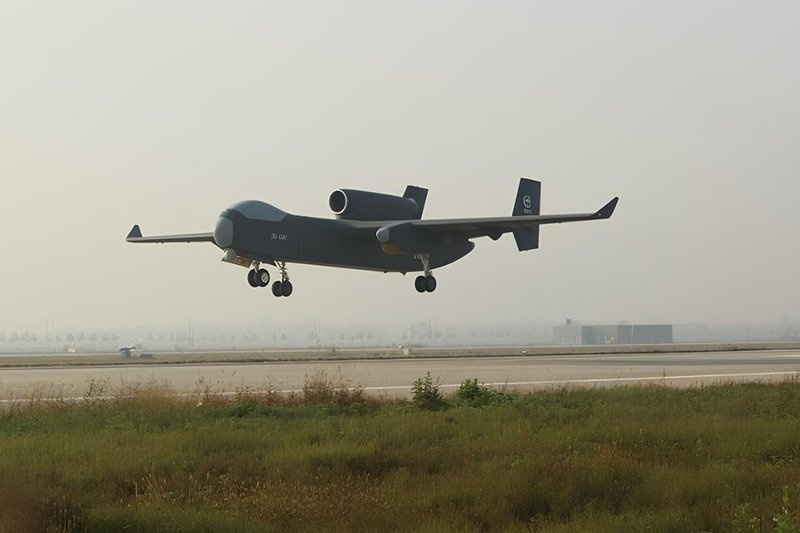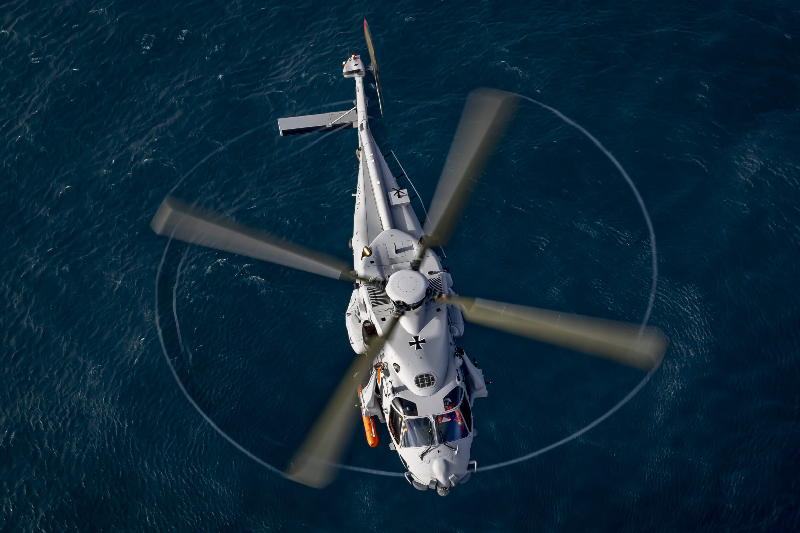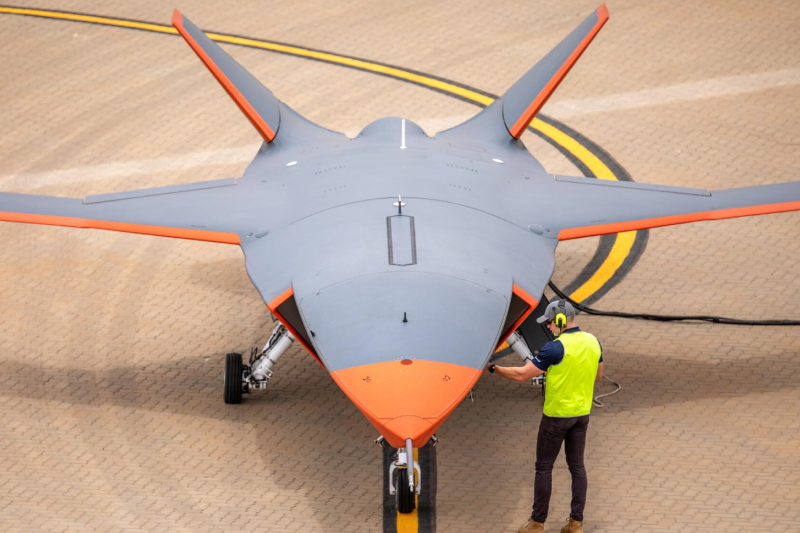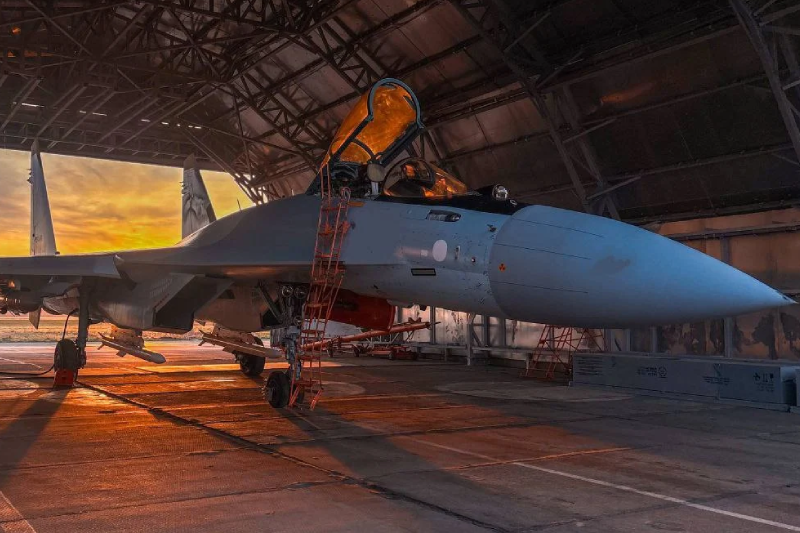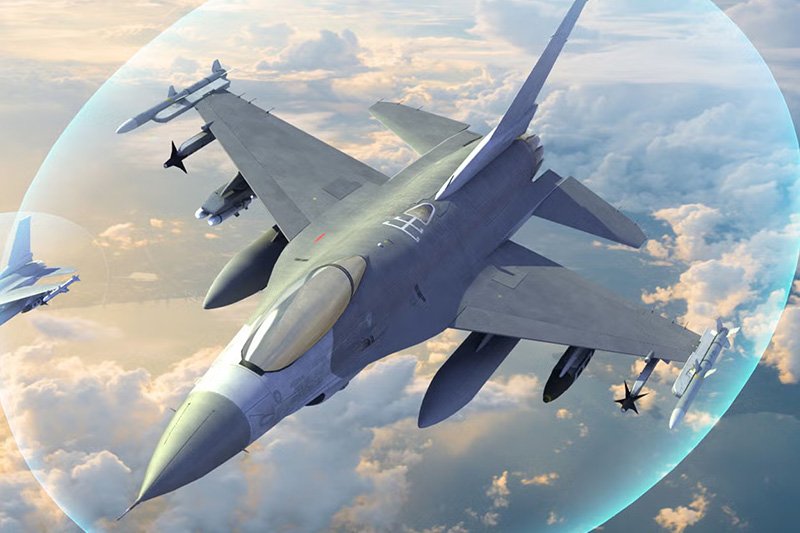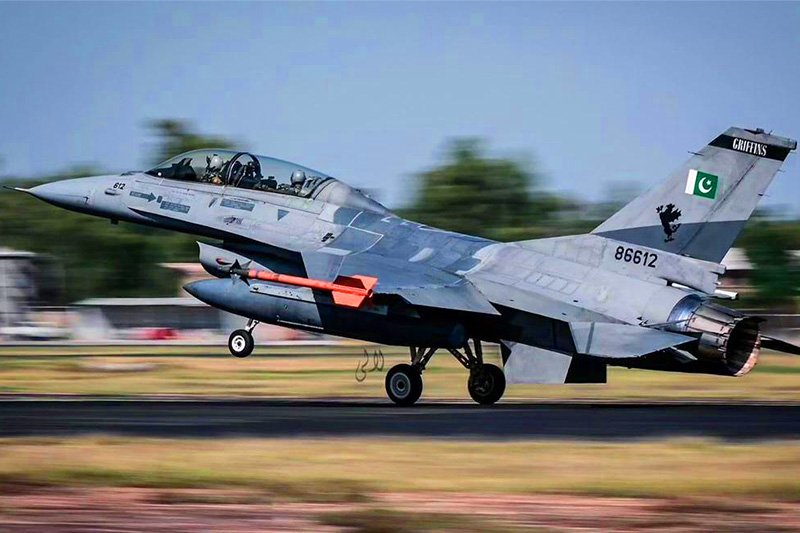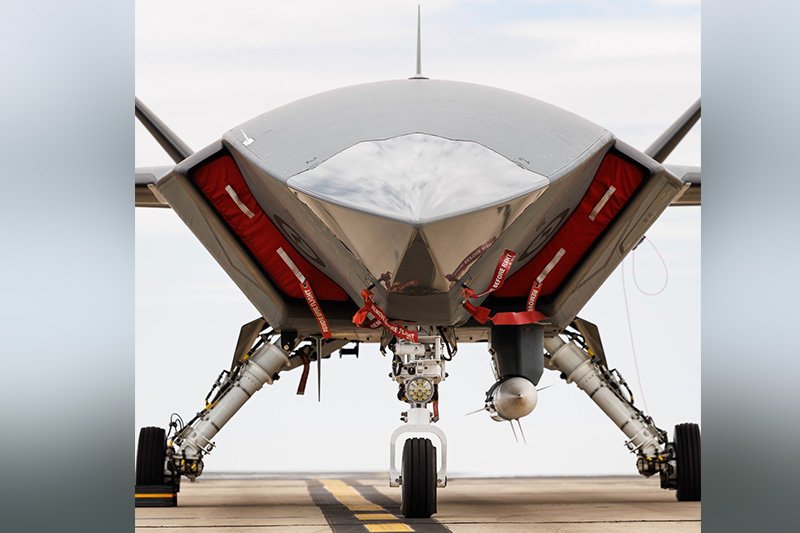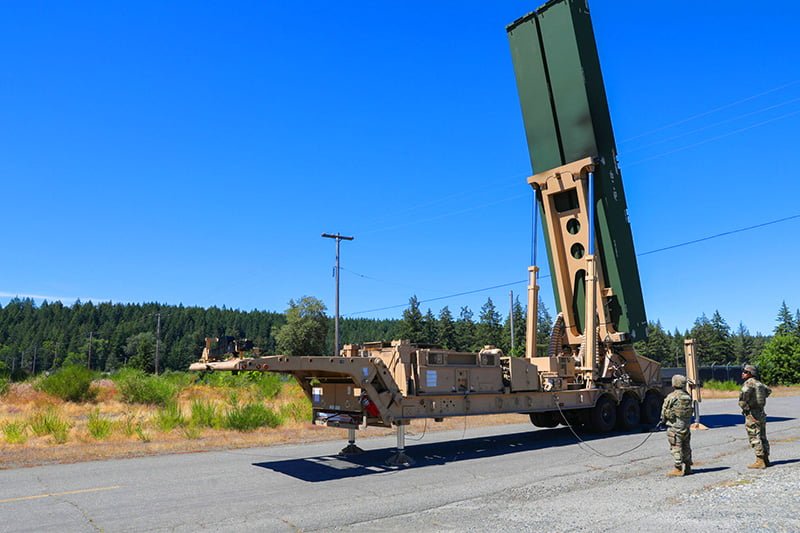Army Unit Tests Hypersonic Weapon in Navy-Led Drill
Indo-Pacific-assigned US Army unit designed to counter anti-access, area denial (A2/AD) networks has deployed its hypersonic missiles for the first time. This milestone occurred during Exercise Resolute Hunter, a Navy-hosted drill that took place last month.
Exercise Resolute Hunter, initiated in 2019, stands as the U.S. Department of Defense’s sole exercise dedicated to battle management, command and control, intelligence, surveillance, and reconnaissance. The Naval Aviation Warfighting Development Center utilizes this drill to train service members and participants from the Five Eyes nations, focusing on decision-making and target selection within the kill chain.
This year’s iteration of the exercise marked a pivotal moment with the inclusion of the Army’s 1st Multi-Domain Task Force (MDTF). Specifically, the Bravo Battery of the unit’s Long-Range Fires Battalion employed their Long-Range Hypersonic Weapon (LRHW), also known as Dark Eagle. This deployment, which occurred between June 25 and 27, served to demonstrate the unit’s ability to integrate and contribute effectively to the kill chain.
Also read this: B-2 Stealth Bomber Receives Significant Upgrade with SR1
The LRHW represents the MDTF’s most advanced missile system, boasting an impressive reported range of up to 1,725 miles. The Army views this hypersonic weapon as a crucial asset in defeating enemy A2/AD capabilities. According to Army statements, the system can “suppress adversary long-range fires, and engage other high payoff/time critical targets.” An LRHW battery is comprised of four launchers, each carrying two missiles, along with a battery operations command vehicle and a battery operations command support vehicle.
During the exercise, while the Bravo Battery operated within the confines of Joint Base Lewis-McChord in Washington, they conducted practical exercises involving the deployment of LRHW’s transport erector launcher. This included simulating reloading procedures and preparing the system for firing. Additionally, the 1st MDTF provided real-time situational awareness to the exercise’s joint command post, further demonstrating its multifaceted capabilities.
Capt. Jennifer Lee, the commander of Bravo Battery, emphasized the significance of the exercise, stating,
“Exercise Resolute Hunter 24-2 demonstrated the critical role of Landpower and the Army’s indispensable contribution to joint operations. I’m proud of our team’s commitment to excellence and their ability to adapt and innovate in a complex and dynamic training scenario.”
The 1st MDTF, which began as an experimental unit, was officially activated in 2017. This activation came as part of the Army’s strategic response to emerging threats from adversaries and its commitment to contributing effectively to operations in the Indo-Pacific theater. The Army describes MDTFs as units designed to “operate like traditional maneuver elements while also synchronizing precision fires and effects in all domains to neutralize adversary A2/AD networks.”
While the MDTF’s capabilities span various domains including space, cyber, and electronic warfare, its Long-Range Fires Battalion has emerged as the unit’s most prominent asset. This prominence is largely due to the deployment of new missile systems. In a related development, the unit’s Mid-Range Capability, a ground-based Mk41 vertical launch system capable of launching Tomahawks and SM-6 missiles against naval targets, was deployed to the Indo-Pacific for the first time during an exercise in the Philippines in April.
This deployment of hypersonic weapons in a Navy-led exercise represents a significant step in the U.S. military’s efforts to integrate advanced capabilities across different service branches. It underscores the evolving nature of modern warfare and the increasing importance of multi-domain operations in addressing complex global security challenges.
Keep connected with us at Facebook, Twitter, YouTube, Instagram & TikTok for latest defense happening around the globe.
Discover more from International Defence Analysis
Subscribe to get the latest posts sent to your email.


